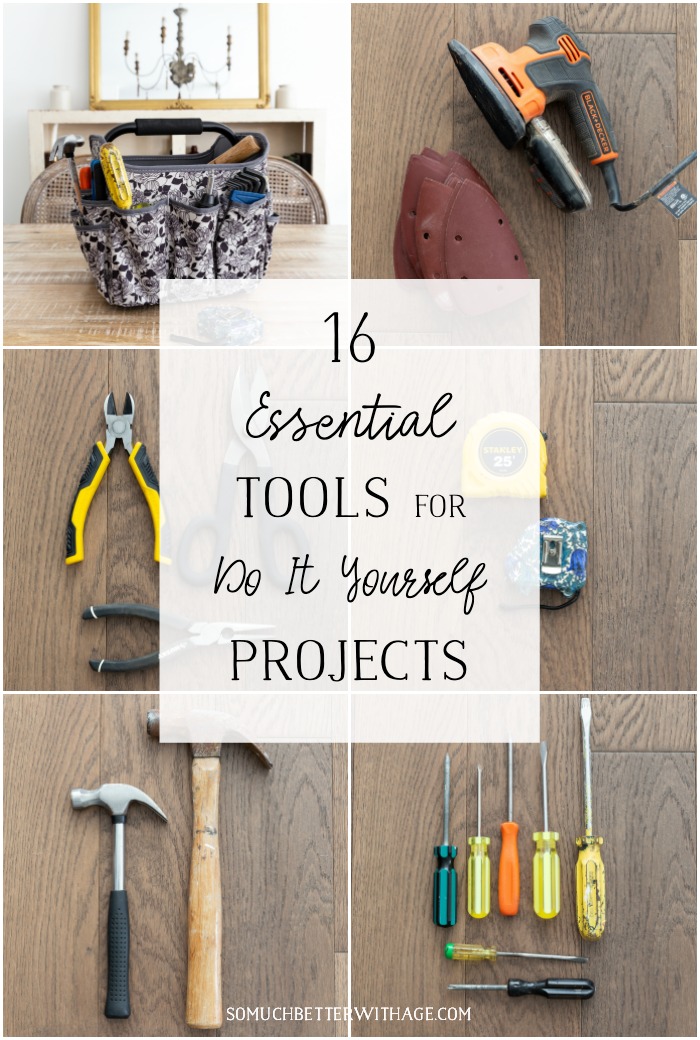
Patio Builders’ Toolbox: Essential Supplies for DIY Projects
Transforming your outdoor space into a serene oasis requires careful planning and the right tools. Embarking on a DIY patio project demands a well-equipped toolbox filled with essential supplies to ensure success. This comprehensive guide will provide you with an in-depth look at the indispensable tools and materials you need to build a patio that will elevate your backyard experience.
Essential Tools
1. Measuring Tape and Level:
- Accurately measure and align patio components for precise installation.
- A level ensures a flat and even surface, preventing water pooling and unevenness.
2. Circular Saw and Miter Saw:
- Cut pavers, tiles, or decking materials with precision and ease.
- A miter saw allows for angled cuts, ideal for creating decorative borders or transitions.
3. Trowel and Edger:
- Spread mortar or adhesive evenly and smoothly for a secure bond.
- An edger shapes and defines the edges of the patio, providing a clean and finished look.
4. Wheelbarrow and Shovel:
- Transport materials and debris efficiently, saving time and effort.
- A shovel is essential for digging trenches or removing soil.
5. Safety Gear:
- Protect yourself from dust, debris, and sharp tools.
- Wear gloves, safety glasses, and a dust mask for optimal safety.
Materials
1. Pavers or Tiles:
- Choose durable materials that can withstand outdoor elements and foot traffic.
- Consider the size, shape, and color to complement your design vision.
2. Mortar or Adhesive:
- Securely bond pavers or tiles to the base.
- Select the appropriate type of mortar or adhesive based on the materials and climate conditions.
3. Base Material:
- Provide a stable foundation for the patio.
- Crushed stone, gravel, or sand are commonly used as base materials.
4. Sand:
- Fill joints between pavers or tiles, preventing weeds and ensuring a smooth surface.
- Use polymeric sand for enhanced durability and water resistance.
5. Drainage System:
- Direct water away from the patio to prevent damage and flooding.
- Install a French drain or perforated pipe to create a drainage system.
Essential Tools for Specific Tasks
1. Paver Cutting and Shaping:
- Paver Breaker: Break pavers into smaller pieces or create custom shapes.
- Chisel and Hammer: Chip away small sections of pavers for precise adjustments.
2. Mortar Mixing and Spreading:
- Mixing Tub: Mix mortar or adhesive thoroughly and efficiently.
- Notched Trowel: Spread mortar or adhesive evenly and create ridges for better bonding.
3. Edge Finishing:
- Paver Edging: Create decorative and functional borders around the patio.
- Mallet: Tap paver edging into place securely.
4. Joint Filling:
- Joint Rake: Spread sand into joints between pavers, ensuring even distribution.
- Joint Sealer: Apply a sealant to protect joints from water and debris.
5. Drainage Installation:
- French Drain: Dig a trench and install a perforated pipe to direct water away from the patio.
- Perforated Pipe: Allow water to seep through and drain away from the patio.
Additional Considerations
1. Weather Conditions:
- Choose materials and tools that are suitable for the climate conditions in your area.
- Consider weatherproofing measures to protect the patio from harsh elements.
2. Design and Aesthetics:
- Plan the patio layout and design to complement your outdoor space and personal preferences.
- Experiment with different materials and patterns to create a unique and visually appealing patio.
3. Maintenance and Repairs:
- Regular cleaning and maintenance will extend the life of the patio.
- Keep tools handy for minor repairs or adjustments as needed.
Conclusion:
Building a patio requires a well-equipped toolbox and a comprehensive understanding of the essential supplies. By investing in the right tools and materials, you can create a durable, functional, and aesthetically pleasing outdoor oasis that will enhance your home and provide countless hours of enjoyment. Remember to consider weather conditions, design preferences, and maintenance needs to ensure the success of your DIY patio project.